Chemicals Prices in Palestine
Palestine theoretically includes the West Bank (a territory that sits between modern-day Israel and Jordan) and the Gaza Strip (which borders modern-day Israel and Egypt). Chemicals are substances that have a fixed composition and specific properties. Citrus fruits, strawberries, and flowers are the most important exports of the Gaza Strip. The Middle East, with its vast hydrocarbon and mineral resources, is one of the largest players in this large market in Asia. Israeli occupation in Palestinian territories, the barrier it has constructed along and within the West Bank as well as its land, air and sea blockades in the Gaza strip have placed severe limitations on the success of Palestinian economic policies. These materials are the basic building blocks of everything in the world
Add your import and export orders to this list
Warning: Undefined variable $formTitle in /home/anbar/domains/anbar.asia/anbar/inc/html/desktop/orderform.php on line 10
Warning: Undefined variable $marketName in /home/anbar/domains/anbar.asia/anbar/inc/html/desktop/orderform.php on line 12
Warning: Undefined variable $location in /home/anbar/domains/anbar.asia/anbar/inc/html/desktop/orderform.php on line 12
If you want to trade in the , please join in Anbar Asia. Your order will be shown here, so the traders of contact you

There are the number of 4.1 million Palestinians, and more than 1.2 million Palestinians in the Gaza Strip. Palestine is as an old state in the Middle East. Chemicals themselves are divided into categories of chemical compounds, chemical elements, and ions. Air, road, seaport and maritime Transportation are the main ways. Compounds are used in industrial and manufacturing processes
- Palestine Ammonia Market
- Palestine Oxygen Market
- Palestine Detergent Market
- Palestine Nitrogen Market
- Palestine Phosphoric Acid Market
- Palestine Chlorine Market
- Palestine Sulfuric Acid Market
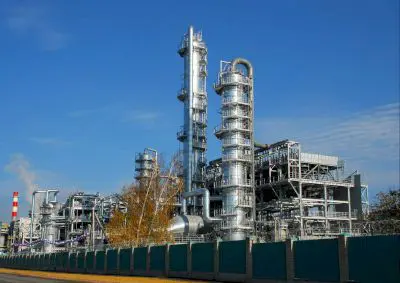
Chemicals themselves are divided into categories of chemical compounds, chemical elements, and ions. For example, water is a chemical compound because the ratio of hydrogen to oxygen is always constant.
Read More ...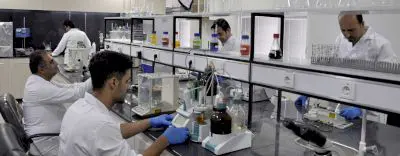
It is a bronze alloy (a combination of many metals and other elements) and alloys were used as raw materials in construction and trade. Over the past few hundred years, a combination of different elements has led to the production of stainless steel, light aluminum, foil, and other very useful products. At present, synthetic chemical compounds have also transformed the food industry.
Read More ...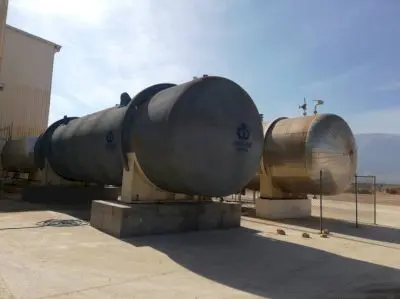
In the early twentieth century, humans were looking for a way to produce ammonia to increase fertility in their agricultural products. After the discovery of the mass production of ammonia called Haber, 2 billion people in the world were saved from starvation. In contrast, the annual production of 100 million tons of this substance has played a major role in environmental pollution.
Read More ...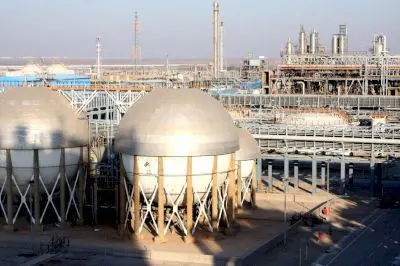
Solid chlorineSolid chlorine is mostly in powder form and is used to disinfect kitchens, bathrooms, toilets and doing laundry in laundries. This type is also suitable and used for water purification and disinfection, as well as disinfection of swimming pools and water parks.
Read More ...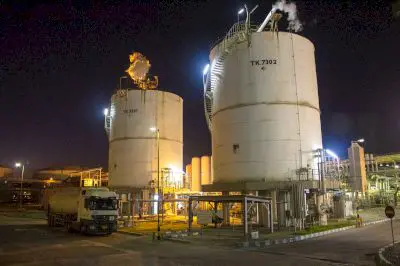
Nitrogen compounds were known in the Middle Ages. Alchemists knew nitric acid as the exhalation of water. The combination of nitric and hydrochloric acid, known as aqua regia, was known to melt gold.
Read More ...
There is no doubt that none of the chemical elements have played a more important role than oxygen in the development of chemistry. This life-giving gas was able to make such a huge breakthrough in chemistry in the late eighteenth century that it had never been possible before.
Read More ...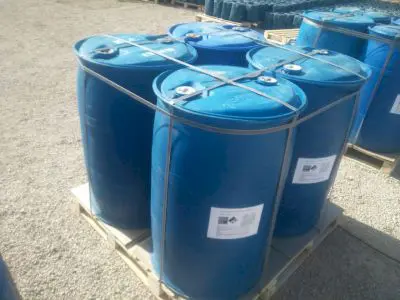
The main method of commercial production of sulfuric acid is that sulfur dioxide is first prepared from sulfur. Sulfur dioxide is then converted to sulfur trioxide in the process of catalytic oxidation, and then concentrated sulfuric acid is produced by the sulfur trioxide reaction with water.
Read More ...
Arab neighbors and their armies (Lebanon, Syria, Iraq, Egypt, Jordan, Jihad Army, Arab Liberation Army, and local Arabs) invaded the country shortly after Israel declared independence, followed by the 1948 Arab-Israeli war. As a result, the plan to divide Palestine never materialized.
Read More ...PCBS: the increase in the Industrial Production Index in Palestine in September . Palestinian Central Bureau of Statistics: the increase in the Industrial Production Index in Palestine during the month of September . Ramallah, Palestine Economy Portal,. An Trade and Cooperation was concluded between the European Economic Community (the EEC; the EU’s predecessor) and the Palestine Liberation Organisation (PLO) on behalf of the Palestinian Authority (PA) in 1997. The agreement provides for duty-free access to EU markets for Palestinian industrial goods, and a phase-out of tariffs on EU exports to Palestine over five years. More statistics on Palestine. Palestine* is one of the partners of the EU’s Southern Neighbourhood (Algeria, Egypt, Israel, Jordan, Lebanon, Libya, Morocco, Palestine*, Syria and Tunisia). The 25th anniversary of the Barcelona Process in November 2020 was an opportunity to reflect on the strategic partnership with the region in light of the political, socioeconomic, financial and environmental challenges exacerbated by the Covid-19 pandemic, and to reassess the EU’s partnership with Palestine* and other Southern Neighbourhood partner countries. The EU-Palestinian Authority Action Plan, which was approved in 2013 and prolonged in December 2018 for a period of three years, sets the agenda for economic and political EU-Palestine* cooperation. It brings together the EU, Palestine*, and other partners in Europe and the Mediterranean to support regional integration by creating a common system of rules of origin. Palestine acceded to the PEM Convention on 1 July 2014. Products originating in the Israeli settlements in Palestine* (the West Bank, Gaza Strip, East Jerusalem and the Golan Heights) are not entitled to benefit from the preferential tariff treatment under the EU-Israel Association Agreement. The EU and Palestine* meet regularly in Committees to discuss issues and best practices when applying the agreement. * This designation shall not be construed as recognition of a State of Palestine and is without prejudice to the individual positions of EU Member States on this issue.
Read More ...
Home | | | | | . Home | | | | | . Economic growth potential in Palestine lies with the Palestinian private sector. The stone and marble industry in Palestine is a growing and successful industry. The increasing importance of Palestine as a destination for tourists and religious pilgrims has stimulated development of handicraft industries producing for local and international markets. The metal products and engineering sector in Palestine produces a wide range of products including wire, nails, welding rods, office furniture, warehouse shelving, household utensils, industrial scales, agricultural equipment, industrial machinery and tools, abrasives and others. The chemical industry in Palestine includes three main product lines: paints, soaps and detergents. It also includes related chemical industries such as cosmetics, agricultural and industrial chemicals and fertilizers. The industry, which includes 119 factories, is widely spread in various Palestinian provinces: Nablus, Jenin, Bethlehem, Ramallah and Hebron. There are 10 major factories in Palestine that produces paints. The traditional ‘Nabulsi’ soap is only produced in Palestine and is one of the most popular traditional soaps in the world since it is based on olive oil. The pharmaceutical industry in Palestine is unique in terms of its innovation and development. In 1970 nine small laboratories merged to become three larger companies: Jordan Chemicals in Beit Jala; Palestine Medical Company in Ramallah; and, Jerusalem in El-Bireh. and Gama in 1978, both in Ramallah; and Pharmacare in 1985 in Beitunia, and MASCO in Gaza in 1984. Due to the huge shift in the economy of Palestine and its enlargement, medium and high tech firms have been created. Connections with the World Wide Web / Internet services, and computer technology, as well as all the other advanced technologies, have been achieved, and Palestine is now considered a competitive country compared to other countries of the region.
Read More ...
https://research.hktdc.com/en/article/MzU4MDUwNTY1
https://www.palestineeconomy.ps/en/Article/13615/PCBS-the-increase-in-the-Industrial-Production-Index-in-Palestine-in-September

